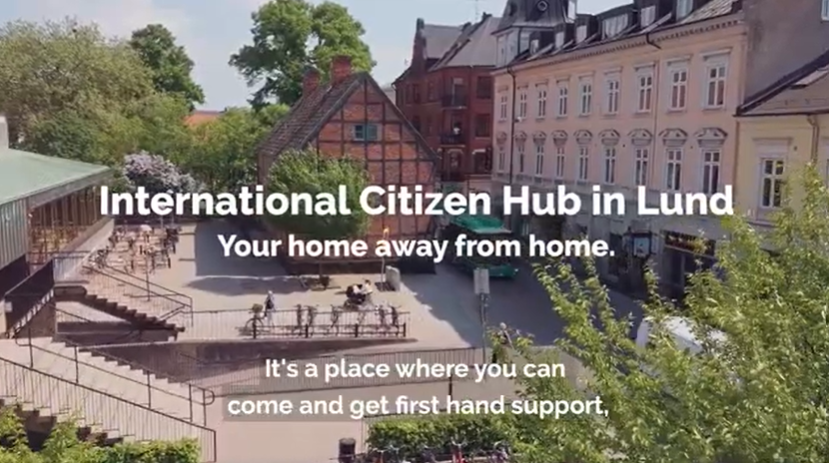Before you move to Sweden
Things to know when planning to work in Sweden, and the support available.
Moving to Sweden for work means getting familiar with some processes, from how your citizenship affects the steps you need to take to Sweden’s digital way of handling many practical tasks.
This guide highlights key things to know before you start, where to find personal support once you arrive and which documents are useful to prepare early on.
The process depends on your citizenship
The first steps in moving to Sweden will look different depending on your citizenship.
If you are a citizen of a country outside the EU/EEA, you will generally need to apply for a work permit before travelling to Sweden. To do so, you need a job offer from a Swedish employer.
If you are an EU/EEA citizen, you have what’s known as the right of residence, which means you can work, study or live in Sweden without applying for a work or residence permit. Right of residence does not require an application, but you need to meet the conditions for working or studying.
Checklist – prepare before you start
- Check that your passport is valid
- Translate degree certificates, diplomas and references if needed
- Gather employment records and reference letters
- Prepare family certificates
- Check required professional licences
- Arrange apostilles or legalisations
- Make digital copies of key documents
- Use an email address you check regularly
It happens online
Sweden is a highly digital country, where much of everyday life takes place online – from banking and shopping to booking healthcare appointments or using digital travel cards.
Many steps of moving to Sweden for work start digitally as well, such as applications, document uploads, online support and other practical steps.
Because of this, digital identification is required for many public and private services. Common providers include Freja eID and BankID. Freja eID can be set up before you move to Sweden and can be used for some digital services. BankID is used by most people in Sweden once they have a personal identity number.
Get support from a state service centre
Find a service centre close to you and learn more about how they can guide you once you have arrived in Sweden.
Local support in Sweden
Once you have arrived in Sweden, there are several places where you can get personal support. State service centres provide practical help and guidance with matters linked to several government agencies. Regional welcome centres offer support to help you settle in and find your way locally.
When you arrive in Sweden, you are welcome to visit a state service centre.
All centres have drop-in hours where you can receive personal guidance in key public services – for example to carry out identification steps such as having your photograph taken, applying for a personal identity number, submitting applications or getting support with your case.
State service centres are operated by the National Government Service Centre (Statens Servicecenter) and can help guide you no matter which authority your question relates to.
Many cities and regions offer local information and support for international professionals as you settle into life in Sweden.
These services are often run through international houses or other local welcome services, and can help with practical guidance, local information, opportunities to learn Swedish and activities that help you connect with others. Some also offer support or activities for accompanying partners.
What is offered varies by region, and you can usually find local information on the website of the municipality or region where you will live.
If you are moving as a researcher or doctoral student, your host university will usually support you with practical matters such as relocation, permits and settling in.
EURAXESS Sweden provides additional information and guidance for researchers moving to Sweden.
Next step
Once you are ready, explore the full guide to see how each step works – from finding a job and applying for a permit, to registering in Sweden, starting your new job and getting settled.



